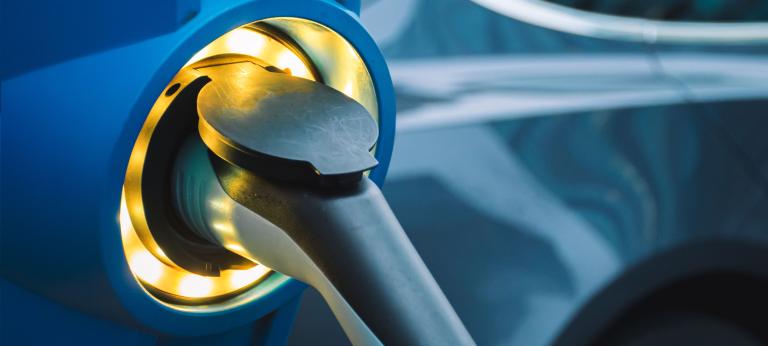EV Charging Index: Expert insight from South Korea
![{[downloads[language].preview]}](https://www.rolandberger.com/publications/publication_image/23_2077_art_ev_charging_index_deep_dive_southkorea_cover_2_download_preview.jpg)
Aggressive e-mobility strategy shows the South Korean government ambition to position the country within the leaders.


By Soosung Lee and Kwangho Kim
EV sales penetration in South Korea is below the global average, but the government has set aggressive goals for strong growth. This will be fueled by regulations and incentives to promote EV adoption and charging infrastructure expansion. The charging ecosystem is particularly dynamic with increased involvement from the private sector.

The government is implementing regulations and incentives to encourage consumers to choose EVs . In tandem, carmakers are now offering more electric models, which gives consumers greater choice. Charging infrastructure is particularly important in South Korea – even more than in other major markets like Germany, China and the United States. Increased charger density is helping to alleviate range anxiety, which is another driver for EV adoption .

The ratio of EVs to public chargers in Korea stands at 11.5, which is just below the global average of 15.9, and much higher than the three best performers (1.8). Despite rapid growth in the number of chargers, consumers remain frustrated, citing a lack of charging in busy areas, a lack of DC chargers and insufficient charger maintenance. Both the government and private charging companies are still exploring ways to alleviate these concerns.
Overall, the charging sector is quite fragmented, with a lot of SMEs, although large firms like LG and Hyundai are becoming increasingly involved through investments and acquisitions. E-mobility service providers are also starting to play an important role as aggregators – offering access to multiple charging brands via a single app. EV charging was once mainly driven by the government, but it’s now a very dynamic market: the number of companies in the Korean charging ecosystem almost doubled in 2022 to 350.

Currently, 87% of chargers installed are AC, and 13% DC, which can be used for fast charging. The government’s aim is to install 1.23 million chargers by 2030, including 12,000 DC charging stations by 2025. It has raised its budget for charging infrastructure from USD 4 million to approximately USD 5 million. The government currently subsidizes up to half the installation fee for DC chargers, but to expedite growth it will increase this further in 2025.
Several recent legislations have been passed to support EV charging infrastructure. Developers of new apartment complexes must plan to install EV chargers at 7% of parking spaces, rising to 10% from 2025. However, special discounted rates for charging were stopped in June 2022 and electricity prices for charging have risen twice in the last year, going up 10-15% for both 50 kW and 100 kW chargers. Electricity is dominated by a state-owned utility, resulting in little potential for price competition.
We’re seeing some experimentation with both plug-and-charge (PnC) and wireless charging, although neither have become mainstream yet. Hyundai is also currently developing a robotic charging arm.
![{[downloads[language].preview]}](https://www.rolandberger.com/publications/publication_image/23_2077_art_ev_charging_index_deep_dive_southkorea_cover_2_download_preview.jpg)
Aggressive e-mobility strategy shows the South Korean government ambition to position the country within the leaders.
Sign up for our newsletter and get regular updates on Automotive topics.